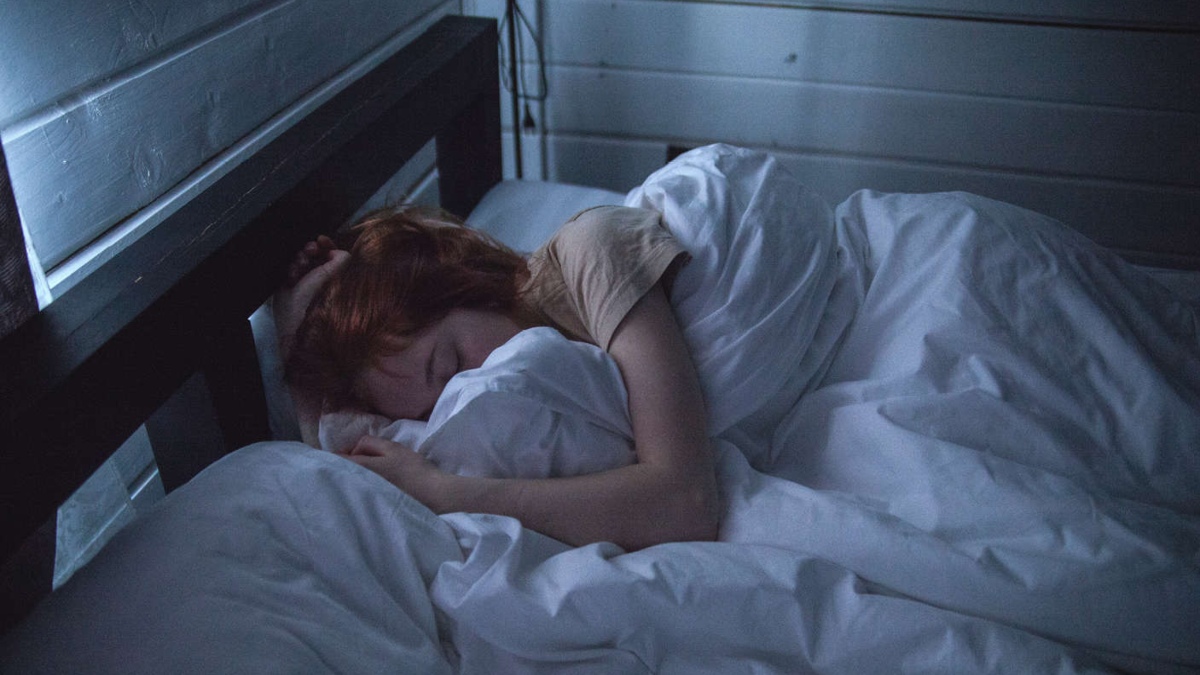


A new study, by researchers at MIT and the University of Sao Paulo in Brazil, reports that walking and specifically, how well we can control our stride, or gait, can indeed be affected by lack of sleep.
In experiments with student volunteers, the team found that overall, the fewer sleep students got, the less control they had when walking during a treadmill test. For students who pulled an all-nighter before the test, this gait control plummeted even further. The findings were published in the journal.
Interestingly, for those who didn’t stay up all night before the test, but who generally had less-than-ideal sleep during the week, those who slept in on weekends performed better than those who didn’t.
“Scientifically, it wasn’t clear that almost automatic activities like walking would be influenced by lack of sleep,” says Hermano Krebs, a principal research scientist in MIT’s Department of Mechanical Engineering. “We also find that compensating for sleep could be an important strategy. For instance, for those who are chronically sleep-deprived, like shift workers, clinicians, and some military personnel, if they build in regular sleep compensation, they might have better control over their gait.”
The act of walking was once seen as an entirely automatic process, involving very little conscious, cognitive control. Animal experiments with a treadmill suggested that walking appeared to be an automatic process, governed mainly by reflexive, spinal activity, rather than more cognitive processes involving the brain.
Indeed, since those experiments, scientists including Krebs have shown that the act of walking is slightly more involved than once thought. Over the last decade, Krebs has extensively studied gait control and the mechanics of walking, in order to develop strategies and assistive robotics for patients who have suffered strokes and other motion-limiting conditions.
In previous experiments, he has shown, for instance, that healthy subjects can adjust their gait to match subtle changes in visual stimuli, without realizing they are doing so. These results suggested that walking involves some subtle, conscious influence, in addition to more automatic processes.
In 2013, he struck up a collaboration with Forner-Cordero through a grant from the MIT-Brazil MISTI program, and the team began to explore whether more subtle stimuli, such as auditory cues, might influence walking. In these initial experiments, volunteers were asked to walk on a treadmill as researchers played and slowly shifted the frequency of a metronome. The volunteers, without realizing it, matched their steps to the subtly changing beat.
Forner-Cordero and Krebs continued to investigate the mechanics of walking and general motor control, mostly enlisting student volunteers in their experiments. Cordero in particular noticed that, toward the end of the semester, when students faced multiple exams and project deadlines, they were more sleep-deprived and happened to do worse in the team’s experiments.
In their new study, the team enlisted students from the University of Sao Paulo to take part in an experiment focused on the effects of sleep deprivation on gait control.
The students were each given a watch to track their activity over 14 days. This information gave researchers an idea of when and how long students were sleeping and active each day. The students were given no instruction on how much to sleep so that the researchers could record their natural sleep patterns. On average, each student slept about six hours per day, although some students compensated, catching up on sleep over the two weekends during the 14-day period.
On the evening before the 14th day, one group of students stayed awake all night in the team’s sleep lab. This group was designated the Sleep Acute Deprivation group or SAD. On the morning of the 14th day, all students went to the lab to perform a walking test.
Each student walked on a treadmill set at the same speed, as researchers played the metronome. The students were asked to keep step with the beat, as the researchers slowly and subtly raised and lowered the metronome’s speed, without telling the students they were doing so. Cameras captured the students’ walking, and specifically, the moment their heel struck the treadmill, compared with the beat of the metronome.